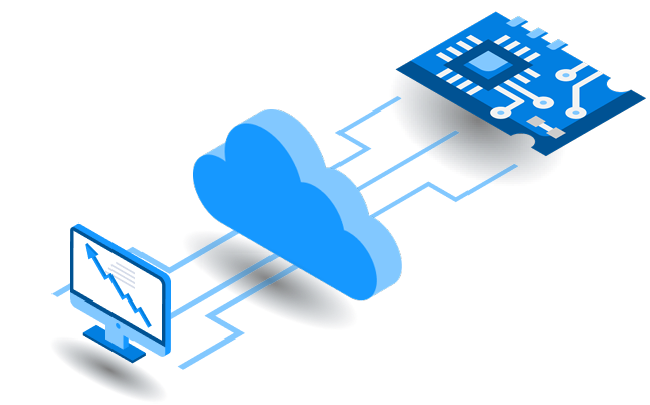Download OTA update management checklist
Developing Android devices can be difficult. Providing robust and secure updates is even harder. We have summarized the necessary requirements for a successful Android Over-The-Air update management based on our extensive experience and best practices implemented by our customers.
Learn more about how to effectively scale device fleets that meet critical security requirements and satisfy customers.
In this document, we discuss:
- The importance of providing Android OTA updates for professional embedded Android devices
- The benefits that can be derived from successfully applied OTA updates
- The risks companies face when providing updates remotely
- A list of requirements needed to successfully implement robust and secure Android OTA management
You don't know what OTA updates are?
Check out this brief overview.
A short introduction to Over-The-Air updates
What is OTA?
The acronym OTA stands for Over-The-Air. This type of updates are applied remotely to devices that are deployed in the field. A good example is updates of the operating system of our smartphones, which takes place regularly and without any effort. These updates become more and more important in the context of professional Android-based devices. Especially since these run industrial and embedded business applications and are oftentimes exposed to the internet.
What gets updated?
OTA updates are used to update the underlying operating system, read-only applications installed on the system partition, and time zone rules. These updates do not necessarily affect applications that the user has installed from other sources. But the application stack can also be part of the update or updated separately.
Which devices need OTA update capability?
Any embedded device that shouldn’t fail or be hacked should be OTA update enabled. Internet-connected devices are the most vulnerable. Impressive examples like the casino fish tank thermometer hack show that even simple embedded devices can be exploited. Therefore, any device connected to the Internet or internal networks should have OTA update capability so that it can be patched and protected.
Why are OTA updates important?
OTA updates reduce maintenance costs in the long term. There is no need to manually update field-deployed devices. You can act faster and more flexibly on critical situations by rolling out essential security patches, bug fixes, or the latest features as soon as they are ready to be released.
Get started for free!
Onboard your Android devices to the emteria Device Hub and provide them with OTA updates.

